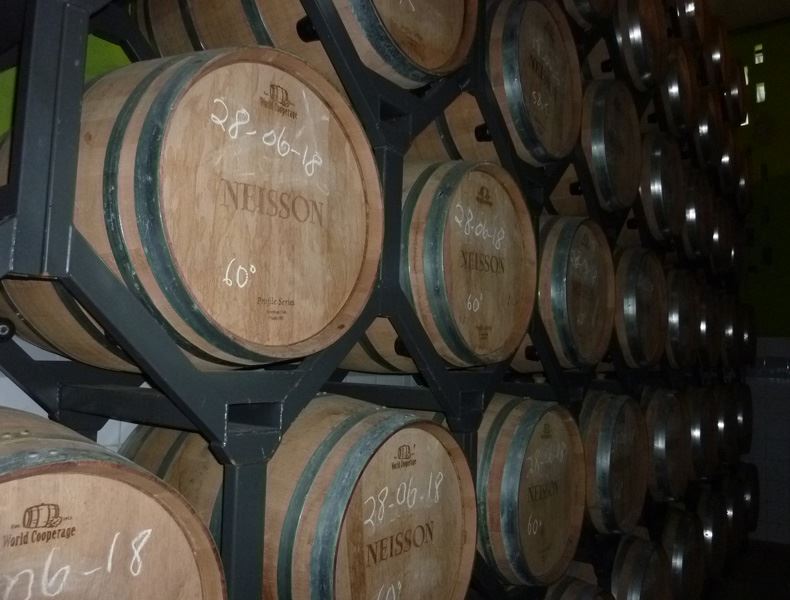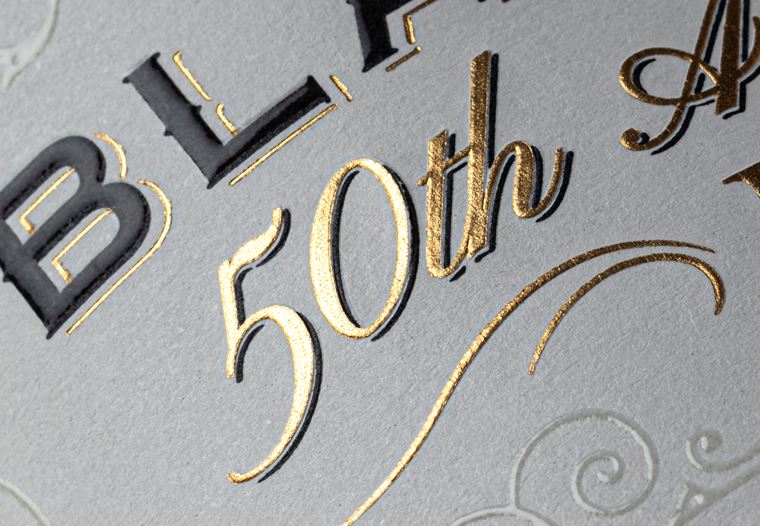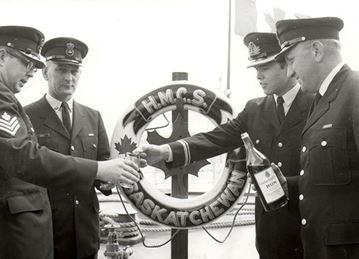

How Is Rum Made
Take a deep-dive into the rum making process to discover its journey from sugarcane fields to your glass.

Ageing
Unaged or Aged? Tropical, Dynamic, or Continental? Whether or not your rum is aged, and where you age it, all have a significant impact on the final flavour of the rum in your bottle.


UNAGED RUM
Rum can be equally appreciated whether aged or unaged. Many countries offer both expressions, with some particularly famed for their unaged rums - look for Jamaica, Guyanese, and Grenada unaged overproofs for some particularly outstanding examples of pungent, flavourful, molasses-based rums. Then you’ll find close cousins to rum like Agricole from Martinique, and Clairin from Haiti, both distilled from sugarcane juice and often enjoyed unaged - these rums are incredibly grassy and vegetal in flavour, and for many represent the terroir and flavour of sugarcane better than all other rum. Confusingly, all of these rums can sometimes be referred to as ‘white rums’ due to their clear colour (though we recommend avoiding the practice of describing rum by colour alone).
A common misconception is that all ‘clear rum’ is unaged rum - this is not the case. Many rums (famously in Cuba and Puerto Rico) will carbon filter their rum, which removes colour and makes a lighter more delicate style of rum. However, both these countries have minimum ageing requirements, meaning that no completely ‘unaged’ rum is sold there.
In most countries, ‘rum is rum’ whether or not it is aged - however there are a number of countries where a minimum age is required for rum to be called ‘rum’. Notable examples include Venezuela, Cuba, Australia which all have a two year minimum age for rum, and Puerto Rico which has a one year minimum age requirement.
CASK/BARREL AGEING
Rum is aged in wooden casks, the most common of which are Ex-Bourbon American White Oak barrels. These are usually 200 litre charred barrels, that impart high levels of coco lactones and vanillins into the rum. You may also see several other types of casks and finishes used in the rum world, from other whisky casks, to sherry casks, madeira casks, wine casks, cognac casks, beer casks, and more. While oak is the most common wood used for casks, you’ll find some rarer examples of other woods like Acacia also being used.
One of the principle reasons we still use wood today other than for the flavour compounds within the wood itself, is that wood is breathable - over time alcohol and water will evaporate out of the barrel (often referred to as angel’s share). While we tend to think of this predominantly in terms of the loss of liquid out of the barrel, at the same time it also means that air is being allowed into the barrel. Why is this important? Oxygen inside the barrel will interact with the various molecules within the liquid and even the wood itself, and this oxygenation leads to the further development and complexity of various flavour compounds. For rum lovers, one of the most important examples of this is how oxygen helps to further develop esters in the barrel. Esters are formed when acid and alcohol molecules combine, so no oxygen is directly required in this process. However, when ethanol is oxygenated it creates acetaldehydes, and when acetaldehydes are oxygenated they create acetic acid - a necessary building block for esters. This could go part way to explain how esterification in the barrel is quite slow at first, but develops considerably over time - increased oxygenation creates more acid molecules, and more acid will lead to more esters!
different types of wood will allow this to happen at different speeds depending on how tight the wood grain is (and how airtight the . The oxygen here will
The type of wood, the location the wood comes from, the capacity of the cask, the level of toast or char, and whether the wood is unused or previously held another liquid, will all affect the final flavour of the rum.
TROPICAL AGEING
When aged in the (usually tropical) country of origin, we say that a rum has been ‘tropically aged’. In tropical climates, greater heat expedites the integration of tannins and chemical compounds in the wood with the rum inside. The evaporation or ‘angel’s share’ from the barrel can be expected to be anywhere between 6-10% of your total volume of rum, per year - much higher than cooler climates. The advantage to a blender here is that a young rum can develop the flavour profile and layers of complexity that would typically be found only in much older spirits. The disadvantage to the blender is a much faster loss of liquid through evaporation (meaning a much lower yield when it comes to bottling), as well as the risk that the wood characteristics can overpower the rum, especially over extended periods. This leaves you with a very tannic and bitter tasting spirit if left in the barrel too long.
CONTINENTAL AGEING
A lot of rum is not aged in tropical climates, but rather the cooler climate of Europe. This goes back to the early days of the Navy Rum blend and London Dock Rums, where casks were brought back for blending and bottling - more a logistical and commercial decision rather than being flavour driven. This ‘continental ageing’, is typically slower, and allows for a much smaller loss of liquid through evaporation (angel’s share). This can initially be a tremendous cost-saving for a blender by not losing so much liquid each year - however, the flavour profiles are slower to develop, and so it can take more time before the rum is ready. Continental ageing can be a useful tool in slowing down the ageing process where the rum may be approaching the desired maturity, but the blender does not wish to simply store the rum in inert stainless steel or plastic containers. As such, some blenders use continental ageing in conjunction with tropical ageing - where possible, we believe this distinction between the two types of ageing should be stated for full transparency.
AGEING AT SEA (DYNAMIC AGEING)
Dynamic ageing is a relatively new term for an age old practice. Traditionally, all spirits, wines, beers, and water, would have been transported in casks, whether by land or at sea - the Navy in particular were some of the greatest exponents of this. It is rumoured that the progenitors of ageing were an accidental side effect of this transportation - by putting liquid into casks, it was noted that the spirit tasted better after it reached its destination, compared to when it was first distilled. Over time, it was realised the wood itself was affecting the liquid, and in the case of spirits which are clear when distilled, would have given the liquid a golden hue.
Though we nowadays think of ageing in casks as a ‘static’ practice, with barrels placed in racks or pallets in warehouses for several years waiting for the spirit to develop, traditionally these barrels were created for transport - easy to roll and move into place, while carrying vast amounts of liquid. And it is understood that while a barrel is in motion, the liquid moves too. This causes a greater interaction with the surface area of the wood inside, and so of course increases the rate at which the chemical compounds in the wood integrate with the liquid inside. It should be noted that the majority of rum that went into the original Navy Blend found in Black Tot Last Consignment would have been transported and aged this way.
HYGROMETRY
Regardless of your chosen location for ageing, variables such as temperature differentiation and humidity will also play an effect on your barrels. Whether your climate is constantly hot, cool, or fluctuating greatly between the two, will affect how the wood in your barrels expands and contracts, and thus how the rum ages. Humidity plays a big part in what your angel’s share equates to - more humid climates equate to more alcohol evaporating from the barrel lowering the overall ABV of your cask, while maintaining more of the overall volume of rum. Drier climates equate to more water evaporating from the barrel, meaning a greater loss of volume, while the reduction in water raises the ABV% of the rum.





